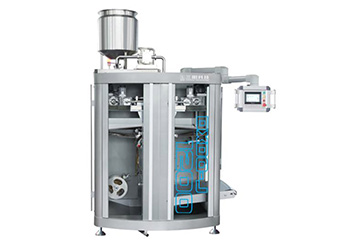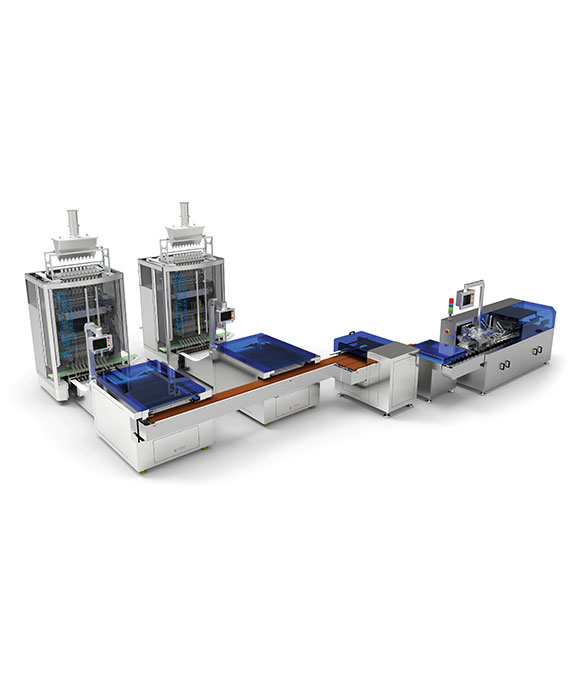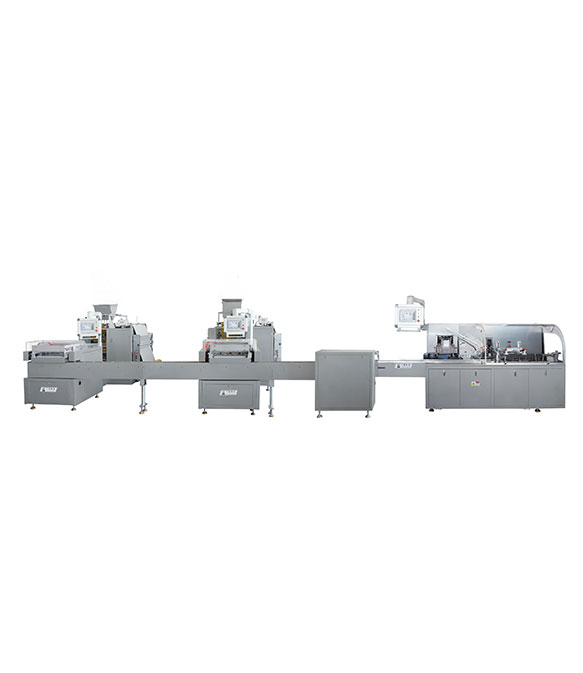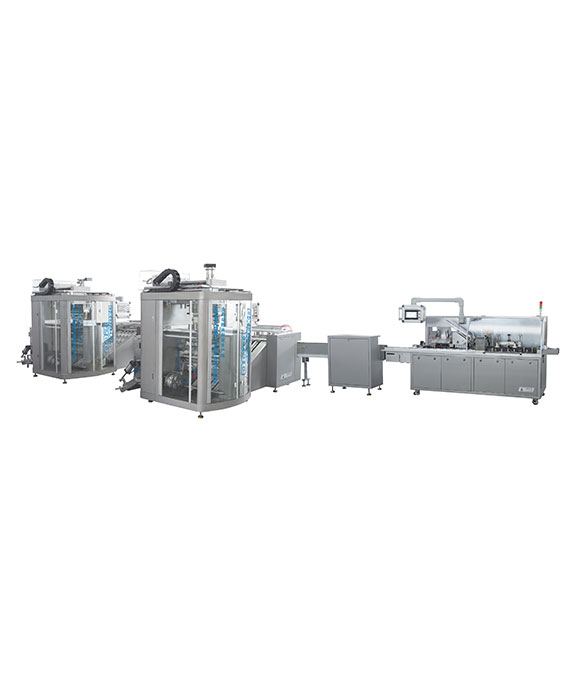Mayonnaise is one of the most popular condiments worldwide, widely used in sandwiches, salads, and sauces. While it enhances the flavor of many dishes, it also has certain drawbacks. Understanding the advantages, disadvantages, packaging, and storage of mayonnaise can help consumers make informed choices.
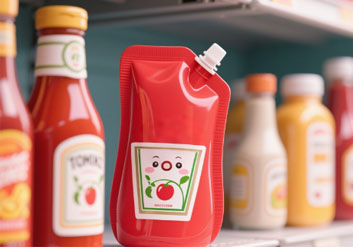
Advantages of Mayonnaise
1. Enhances Flavor
Mayonnaise adds a creamy texture and rich taste to dishes. Its unique blend of oil, egg yolk, and vinegar or lemon juice can elevate simple meals, making them more appetizing.
2. Versatile Ingredient
Beyond being a spread, mayonnaise serves as a base for various sauces, dressings, and dips. It is also used in baking and cooking to add moisture and richness to recipes.
3. Source of Healthy Fats
Depending on the type of oil used, mayonnaise can provide essential fatty acids that support heart and brain health. Homemade or high-quality mayonnaise often contains fewer additives than commercial varieties.
4. Long Shelf Life
Commercially prepared mayonnaise is formulated to be stable and can last for months without spoiling if unopened, offering convenience for households and food service providers.
Disadvantages of Mayonnaise
1. High in Calories and Fat
Mayonnaise is calorie-dense due to its high oil content. Excessive consumption can contribute to weight gain and may impact heart health if consumed in large amounts regularly.
2. Contains Additives and Preservatives
Some commercially produced mayonnaise may include stabilizers, sugar, or artificial flavors. These additives can be a concern for individuals seeking natural or low-sodium options.
3. Perishable After Opening
Once opened, mayonnaise must be stored correctly. Improper storage can lead to bacterial growth, posing a risk of foodborne illness.
How is Mayonnaise Packaged?
Glass Jars/Plastic Bottles: Ideal for home use, these reusable containers have tight-sealing lids to retain freshness. Glass jars are non-reactive, preserving flavor, while plastic bottles are lightweight and shatterproof.
Squeeze Tubes: Popular for precise application (e.g., on sandwiches or as a dip), they prevent contamination by minimizing air exposure.
Single-Serve Packets: Essential for foodservice and travel, they offer portion control (0.5–1oz) and hygiene, as each packet is used once.
Mayonnaise is commonly packaged in jars, bottles, and single-serving packets. For large-scale production, food manufacturers often use Sanyang’s Sauce Packaging Machine. This advanced equipment allows efficient and hygienic filling of mayonnaise into various packaging formats, including sachets, pouches, and bottles, ensuring consistency and extending shelf life.
Where Should Mayonnaise Packets Be Stored?
1. Unopened Products
Unopened mayonnaise can be stored at room temperature, away from direct sunlight and heat sources. The packaging protects it from contamination and helps maintain its quality.
2. Opened Products
Once opened, mayonnaise should be refrigerated to prevent spoilage. Single-serve packets are convenient for on-the-go use and help maintain hygiene and freshness, making them ideal for restaurants, airlines, and catering services.
Conclusion
Mayonnaise is a versatile and flavorful condiment that enhances many dishes, but it comes with some nutritional and storage considerations. Understanding its advantages and disadvantages, along with proper packaging and storage practices, ensures that you enjoy mayonnaise safely and deliciously. Leveraging modern packaging technology, such as Sanyang’s Sauce Packaging Machine, makes distribution and storage more efficient, maintaining quality for consumers.
FAQ
Q1: Is mayonnaise healthy?
A: Moderation is key. While it contains healthy fats, it is calorie-dense, so portion control is important.
Q2: How long can mayonnaise last after opening?
A: Refrigerated mayonnaise typically lasts 2–3 months after opening.
Q3: Can mayonnaise packets be stored at room temperature?
A: Only if they are unopened. Opened packets must be refrigerated to prevent spoilage.
Q4: What type of packaging is best for mayonnaise?
A: Single-serve packets, jars, and bottles are common, with industrial packaging often using advanced equipment like Sanyang’s Sauce Packaging Machine for efficiency and hygiene.


